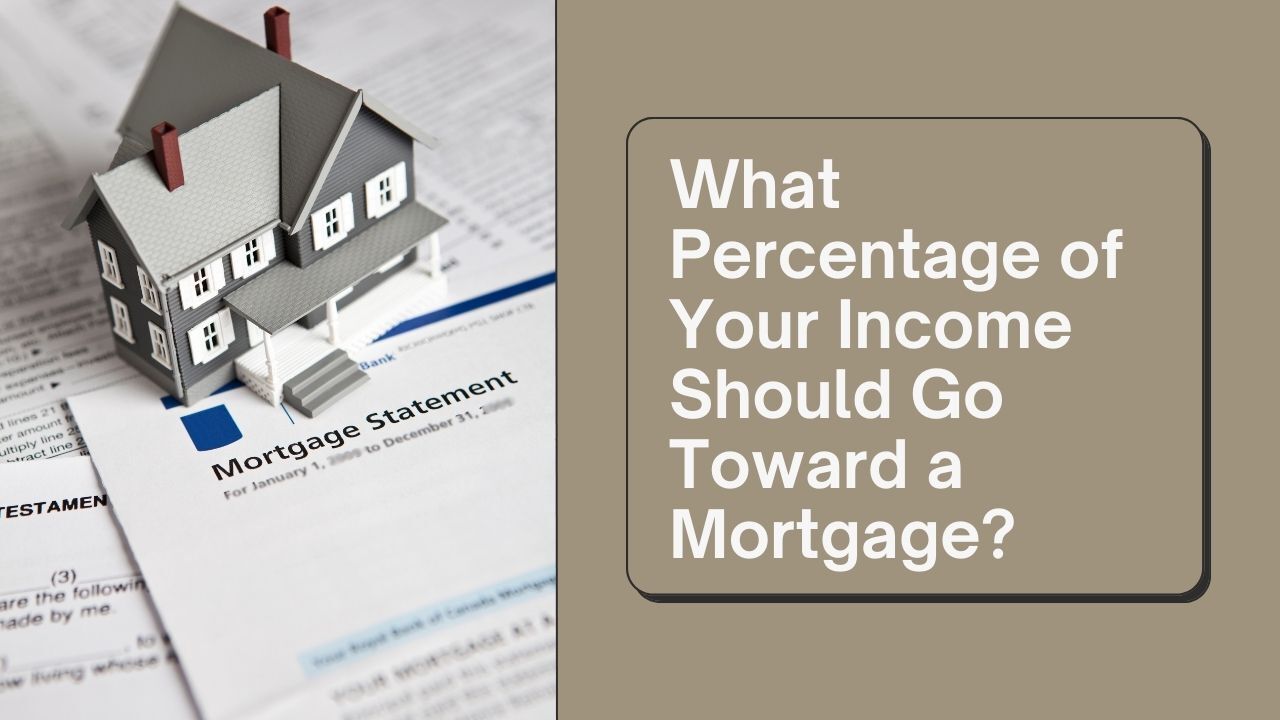Should You Use a 401(k) for a Down Payment?
 Buying a home is a major financial milestone, and saving for a down payment can be one of the biggest challenges. If you’re struggling to gather the necessary funds, you might be considering using your 401(k) retirement savings to cover the cost. While this option is available, it’s essential to weigh the potential benefits and risks before making a decision.
Buying a home is a major financial milestone, and saving for a down payment can be one of the biggest challenges. If you’re struggling to gather the necessary funds, you might be considering using your 401(k) retirement savings to cover the cost. While this option is available, it’s essential to weigh the potential benefits and risks before making a decision.
How Can You Use a 401(k) for a Down Payment?
There are two primary ways to access funds from your 401(k) for a home purchase:
401(k) Loan
A 401(k) loan allows you to borrow money from your retirement savings and pay it back over time, usually with interest. Here’s how it works:
- You can typically borrow up to 50 percent of your vested balance, with a maximum of $50,000.
- The repayment term is usually five years, but some plans offer extended terms for home purchases.
- Interest rates are generally low since you’re paying the interest back to yourself.
- Payments are made through automatic payroll deductions.
Pros of a 401(k) Loan:
- No impact on your credit score since it’s not a traditional loan.
- Lower interest rates than personal loans or credit cards.
- You repay yourself rather than a lender.
Cons of a 401(k) Loan:
- If you leave your job, the loan may become due in full within a short period (usually 60 to 90 days).
- Reduces your retirement savings and potential investment growth.
- Loan payments are made with after-tax dollars, meaning you pay taxes on the money twice (once when repaying and again at withdrawal in retirement).
2. 401(k) Hardship Withdrawal
Some employers allow hardship withdrawals for a first-time home purchase. Unlike a loan, this is not repaid, but there are significant downsides:
- The withdrawal is subject to income tax.
- If you’re under 59 and a half years old, you may face a 10 percent early withdrawal penalty.
- You permanently reduce your retirement savings and potential future earnings.
Pros of a 401(k) Withdrawal:
- No repayment required.
- Provides immediate access to funds.
Cons of a 401(k) Withdrawal:
- Subject to income tax and possible 10 percent penalty.
- Permanently reduces retirement savings and potential long-term growth.
- Could impact your financial security in retirement.
Is Using a 401(k) for a Down Payment a Good Idea?
While using a 401(k) loan may be a better option than a hardship withdrawal, both have significant drawbacks. Before making a decision, consider these factors:
Do You Have Other Options?
- Explore low down payment mortgage programs like FHA (3.5 percent down), VA (0 percent down for eligible veterans), or conventional loans with 3 to 5 percent down.
- Look into down payment assistance programs that may be available in your area.
- Consider tapping into other savings (IRAs, Roth IRAs, or taxable investment accounts).
Can You Afford the Repayments?
- A 401(k) loan reduces your take-home pay since repayments are deducted from your paycheck.
- If you leave your job, you may have to repay the loan quickly or face taxes and penalties.
Will It Set You Back in Retirement?
- Taking money out of your 401(k) can impact your long-term financial security.
- If your employer offers 401(k) matching, ensure you’re still contributing enough to get the full match.
Alternatives to Using a 401(k) for a Down Payment
- Save for a larger down payment over time.
- Use a Roth IRA, which allows penalty-free withdrawals for first-time homebuyers.
- Consider gift funds from family members, which are allowed on many loan types.
- Look into down payment assistance programs available at the local or state level.
While using a 401(k) for a down payment is possible, it’s usually not the best financial move due to the risks to your retirement savings. If you do decide to use your 401(k), a loan is often preferable to a hardship withdrawal. Before making a decision, consult with a mortgage professional or financial advisor to explore all your options and ensure you’re making the best choice for both your homeownership and retirement goals.

 When buying a home, one of the most critical financial decisions is determining how much of your income should go toward your mortgage. Striking the right balance ensures that you can comfortably afford your home without stretching your budget too thin. Lenders use various guidelines to help buyers determine affordability, but personal financial goals and lifestyle should also factor into the decision.
When buying a home, one of the most critical financial decisions is determining how much of your income should go toward your mortgage. Striking the right balance ensures that you can comfortably afford your home without stretching your budget too thin. Lenders use various guidelines to help buyers determine affordability, but personal financial goals and lifestyle should also factor into the decision. When shopping for a home, securing mortgage pre-approval is one of the most important steps you can take. Not only does it show sellers that you are a serious buyer, but it also gives you a clearer picture of your budget and financing options. However, many homebuyers do not realize that mortgage pre-approval can be leveraged in multiple ways to maximize their home search and negotiation power.
When shopping for a home, securing mortgage pre-approval is one of the most important steps you can take. Not only does it show sellers that you are a serious buyer, but it also gives you a clearer picture of your budget and financing options. However, many homebuyers do not realize that mortgage pre-approval can be leveraged in multiple ways to maximize their home search and negotiation power.